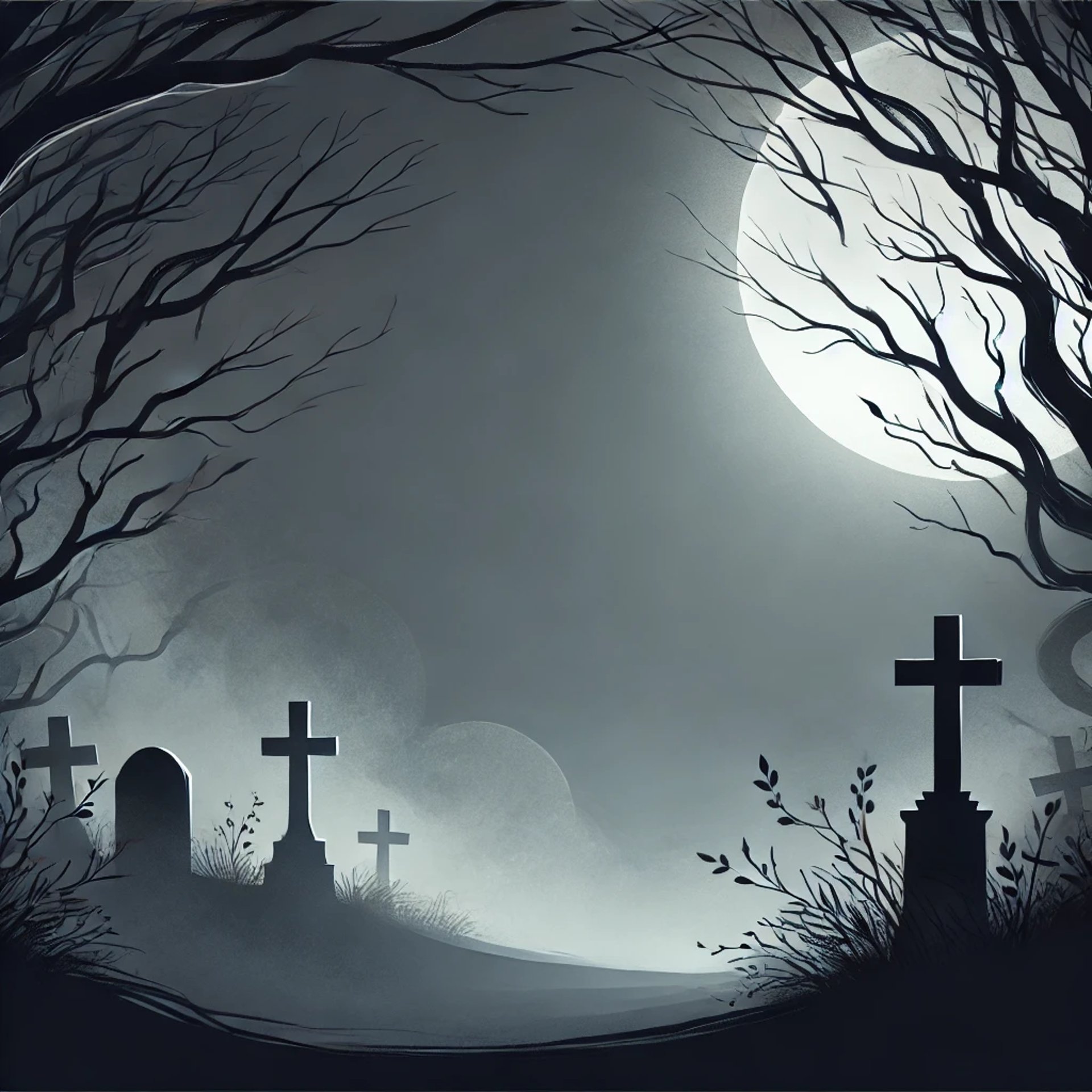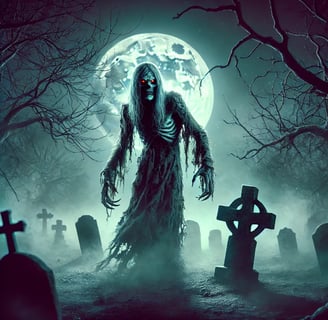The Legend of the Strigoi: A Dance Between the Living and the Dead
Uncover the chilling legend of the Strigoi, undead spirits of Romanian folklore. Learn their origins, powers, and why these haunting myths endure even today.
FOLKLORE & LEGENDSPARANORMAL MYSTERIES PARANORMAL PHENOMENA
Billys Zafeiridis
11/23/20244 min read



Somewhere between the stories of Dracula and the whispers of restless spirits lies the shadowy figure of the strigoi. If you’ve never heard the word before, it has a kind of hiss to it, doesn’t it? Like something that should be said in a whisper, with a wary glance over your shoulder. The strigoi are woven deeply into the folklore of Romania and other Eastern European cultures, blending myth, fear, and superstition into a single, blood-chilling figure.
To really understand the strigoi, you have to look at the tangled web of beliefs about life and death, good and evil, and that oh-so-thin line between them. Think of it as folklore’s answer to the idea that death isn’t always the end—sometimes it’s just the beginning.
What Are the Strigoi?
The simplest definition? A strigoi is an undead creature that rises from its grave to torment the living. But—and this is where it gets messy—they’re not always the walking corpses you’d expect from a typical zombie or vampire story. No, the strigoi are more... complicated. Sometimes, they’re described as spirits that can leave their graves in ghostly form, creeping invisibly through the night. Other times, they’re said to take physical form, pale and ravenous, feeding on the life force of the living.
I once read (or maybe someone told me this—memory’s a funny thing) that the word “strigoi” might come from the Latin striga, which refers to a witch or evil spirit. It makes sense when you think about it. Strigoi aren’t just mindless monsters—they’re tied to curses, dark magic, and the wrath of the dead.
And here’s the part that always gets me: you don’t just become a strigoi. There are rules. Conditions. Maybe you were a bad person in life—selfish, cruel, prone to sin—or maybe you were just unlucky. Dying unbaptized? That’s a potential ticket to strigoi-dom. Same goes for dying violently or before your time. It’s almost as if folklore created the strigoi as a way to explain the inexplicable tragedies of life.
The Powers of the Strigoi
This is where the strigoi starts to overlap with its more famous cousin, the vampire. The strigoi are said to possess powers that make them terrifying adversaries. They can shape-shift, turning into animals (wolves, cats, even birds), and they have the ability to become invisible. Some legends say they can control the weather—summoning storms to torment the living—and others claim they drain the vitality of their victims, much like a vampire drinks blood.
But it’s not all supernatural. Strigoi have a strangely human quality too. They’re often described as returning to their families after death, visiting their homes, eating their favorite foods, or even trying to sleep in their old beds. There’s something heartbreakingly eerie about that. It’s as though they’re caught between worlds, clinging to the life they’ve lost while being consumed by the hunger of the undead.
How Do You Stop a Strigoi?
Here’s the thing: Eastern European folklore is nothing if not practical. There are rules, rituals, and yes, gruesome methods to deal with a strigoi.
First, there are preventative measures. People believed that certain burial practices could stop someone from becoming a strigoi. For example, placing a stake or a sickle over the body to pin it to the earth. Or, in some cases, burying the person face-down so that if they tried to dig their way out, they’d just end up going deeper into the ground. Smart, right?
But let’s say the worst happens, and a strigoi rises from the grave. What then? The methods for dealing with them are, uh, let’s just say not for the faint of heart. One of the most infamous involves exhuming the body, driving a stake through the heart, and burning it. There’s also the practice of removing and burning the heart separately—just to be sure. It’s gruesome, yes, but it speaks to the depth of fear these creatures inspired.
The Strigoi in Modern Times
Here’s the wild part: stories of the strigoi aren’t just dusty old legends. There are still whispers of strigoi sightings, even in the 21st century. Back in 2004, in a village in Romania, there was a real-life incident where villagers dug up the body of a man they believed had become a strigoi. They removed his heart, burned it, and mixed the ashes into water for his family to drink—believing this would protect them from his spirit.
I remember reading about this in a news article and thinking, How can this still happen in modern times? But the more I thought about it, the more it made sense. Folklore like this isn’t just about monsters—it’s about fear, community, and the things we do to feel safe in an unpredictable world.
Why Are We So Drawn to the Strigoi?
This is the part where I can’t help but get a little philosophical. Why do we tell these stories? Why do we create monsters like the strigoi?
On one level, it’s obvious: fear of death. The strigoi are a way to process the idea that death isn’t always peaceful. That sometimes, the people we lose might not stay gone. It’s terrifying, sure, but it’s also deeply human. We’re scared of the unknown, and what’s more unknown than what happens after we die?
But there’s another layer to it, I think. The strigoi are a reminder that the past can haunt us—literally and figuratively. They’re about guilt, unresolved conflict, and the idea that we can’t always escape the consequences of our actions. Maybe that’s why the strigoi keep showing up in stories, from old Romanian legends to modern horror movies. They’re not just monsters; they’re metaphors.
A Final Thought (or Two)
If you ever find yourself in a remote village in Romania—or really, anywhere with a long memory and deep roots—you might hear a story or two about the strigoi. And if you do, listen closely. These aren’t just tales to pass the time; they’re a glimpse into a world where the line between life and death is just a little bit thinner.
And maybe, just maybe, the strigoi are still out there, watching, waiting, and reminding us that some stories never really die.
